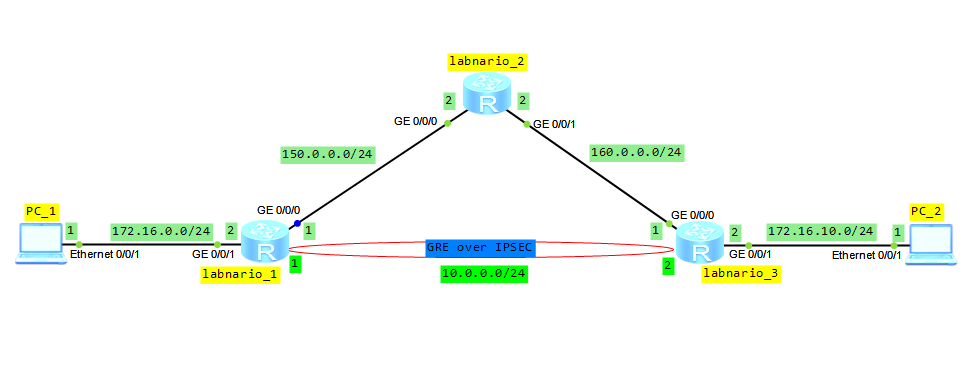We have to remember that traffic policy consists of 3 parts:
- Classifier
- Behavior
- Traffic-policy
In brief, to configure a traffic policy:
- define traffic class
- define action to be applied to the traffic class
- associate traffic classifiers and behaviors
- apply the traffic policy to an interface.
Let’s start from ACL.
We have possibility to configure many rules in an ACL. If the ACL is specified in if-match clause, then a packet is matched against multiple rules. If the packet matches a rule in the ACL, then it stops checking against the next rules.
- In a case of DENY action in the ACL, the matched packet is denied, regardless of what traffic behavior defines.
- When PERMIT action is defined in the ACL, then traffic behavior is applied to the matched packet.
 Labnario Huawei From Scratch
Labnario Huawei From Scratch
